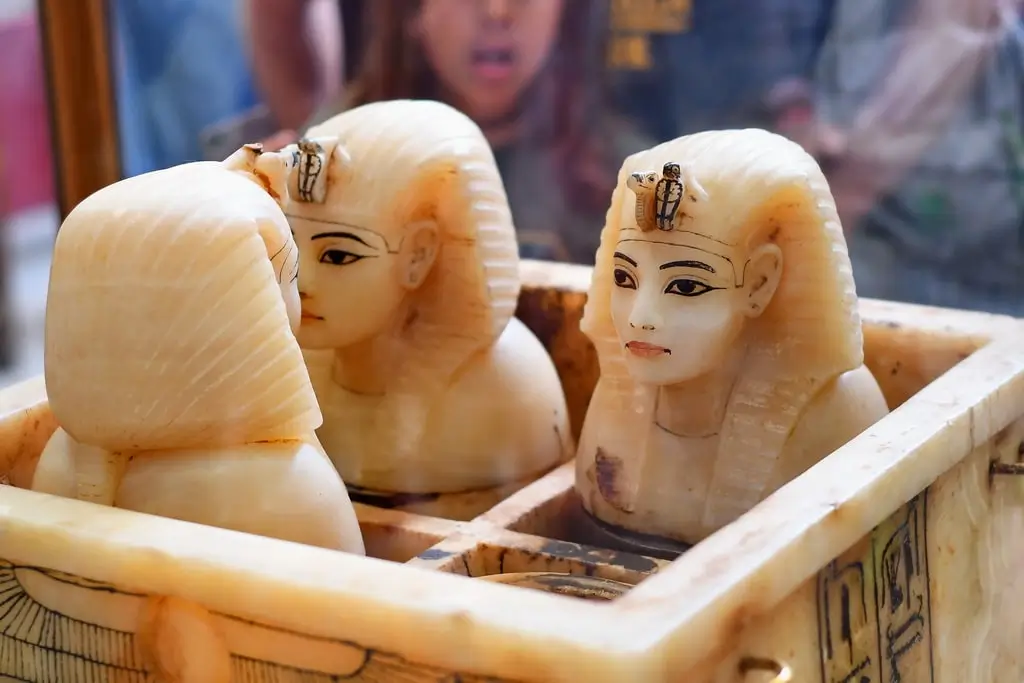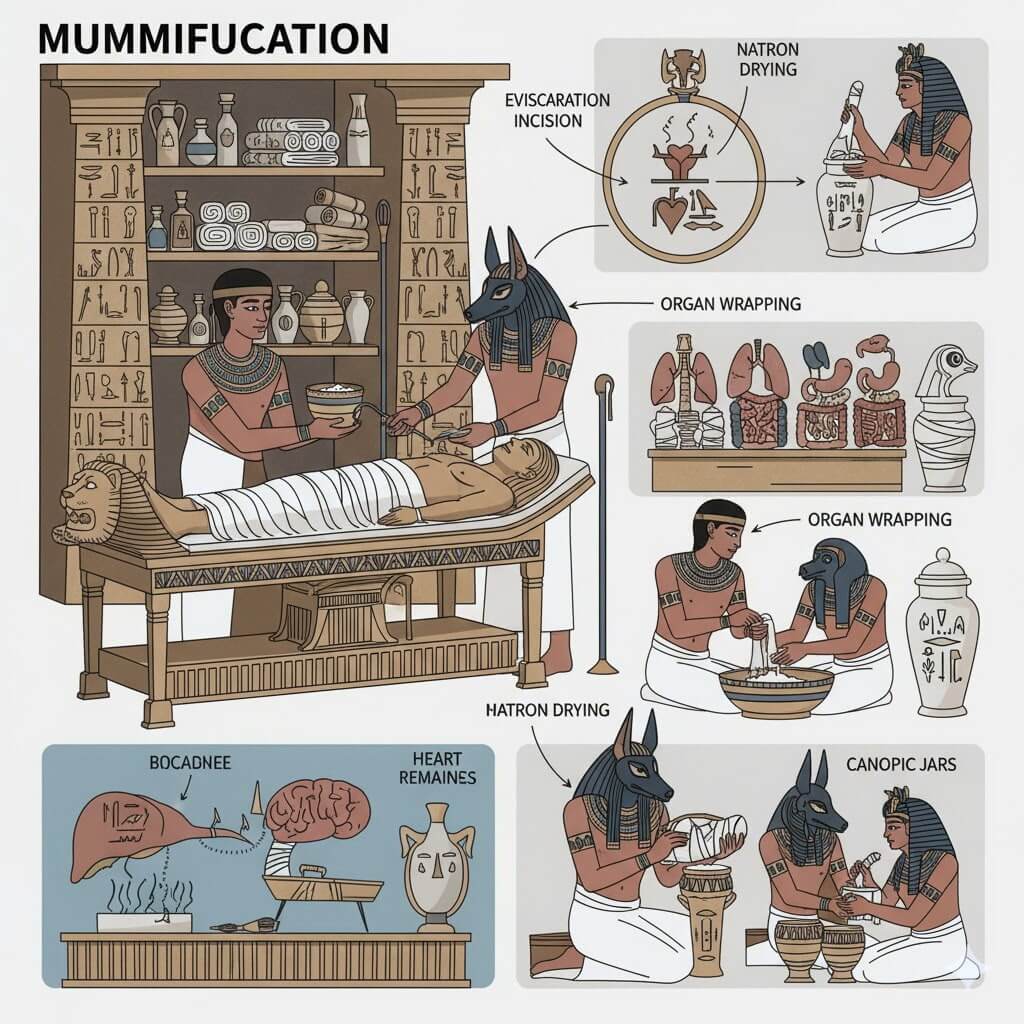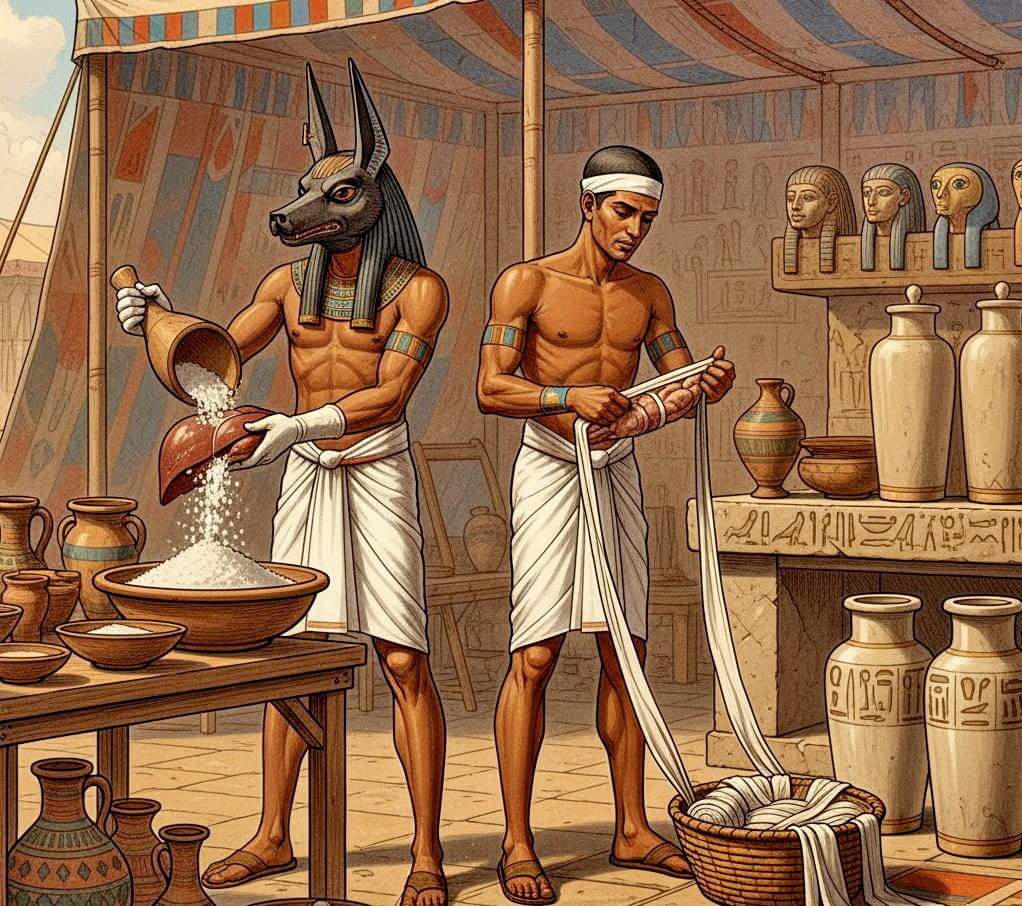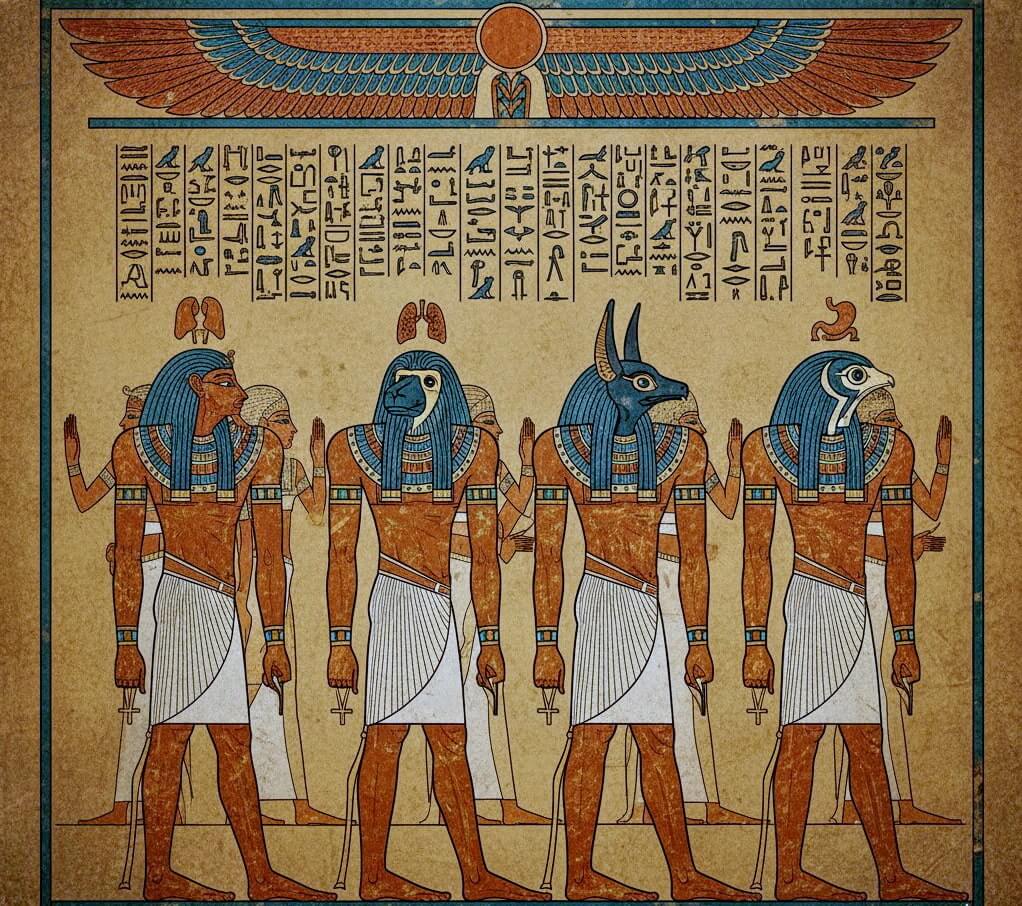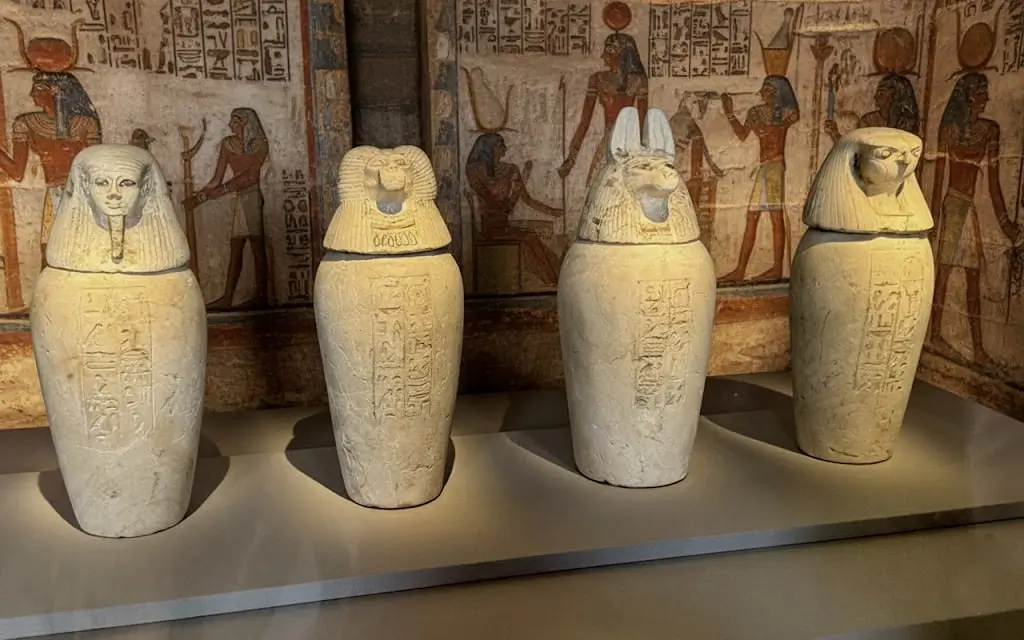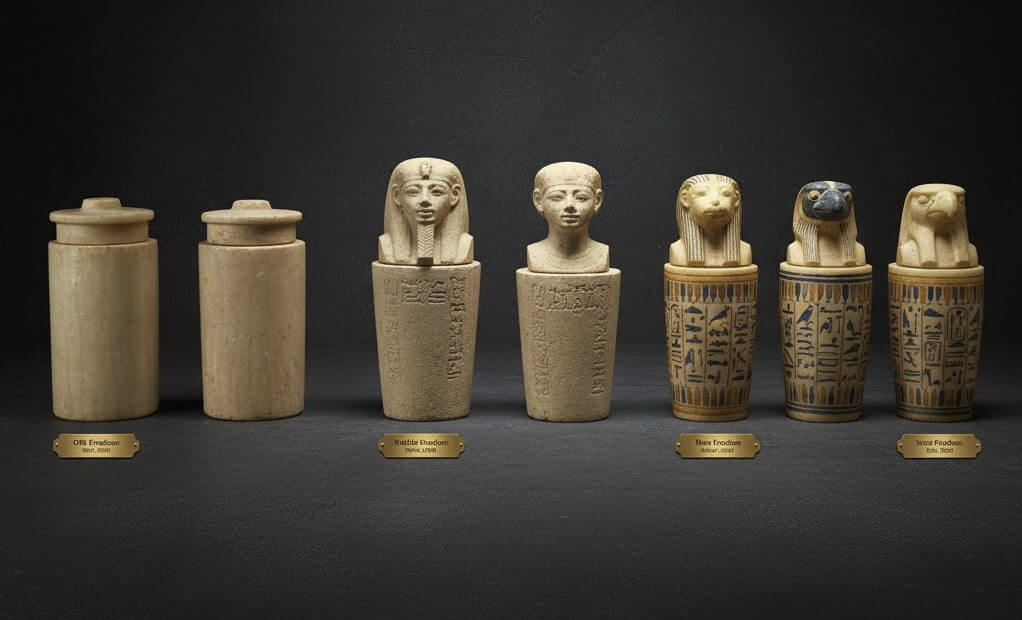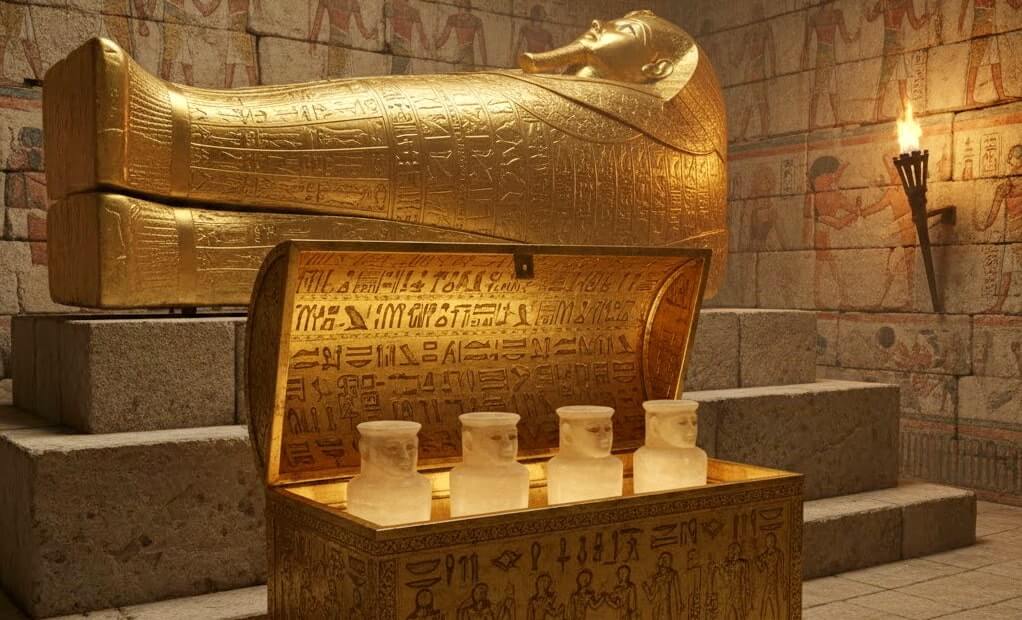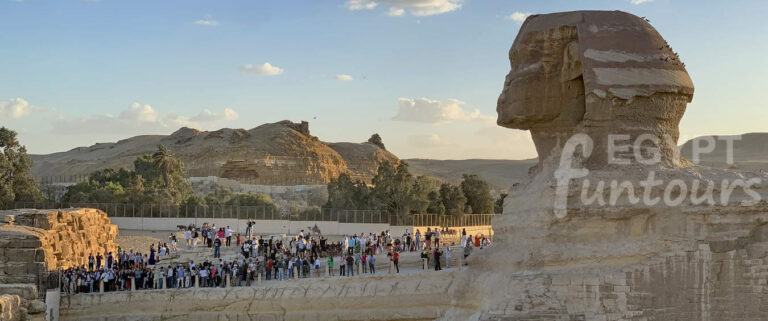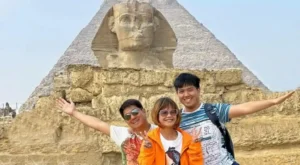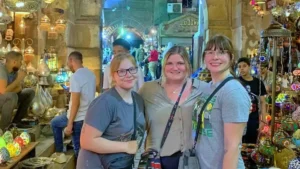Few objects unearthed from the ancient tombs of Egypt connect so intimately to the belief in eternity as the Canopic jars. Artisans often carved these four sacred vessels with the heads of divine beings, making them far more than simple containers. In fact, these jars were essential pieces of technology in the mummification process and vital magical artifacts designed to protect the deceased on their perilous journey to the Egyptian afterlife.
This in-depth guide explores the complete history of Canopic jars, from their misunderstood name to their evolution across dynasties, and ultimately, the profound religious beliefs that made them indispensable for anyone who sought eternal life.

